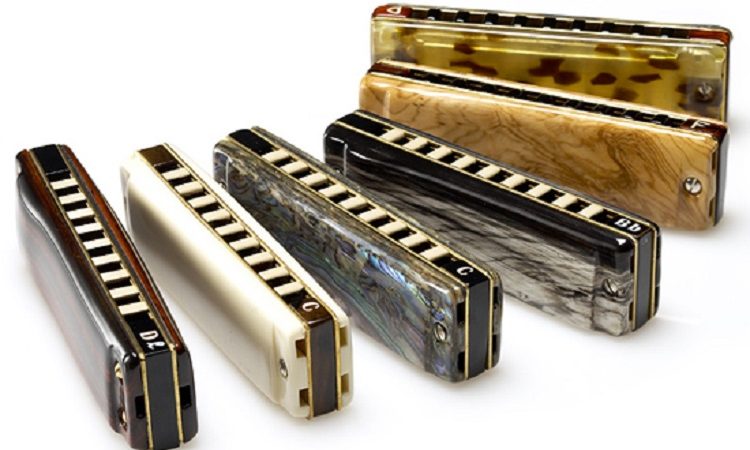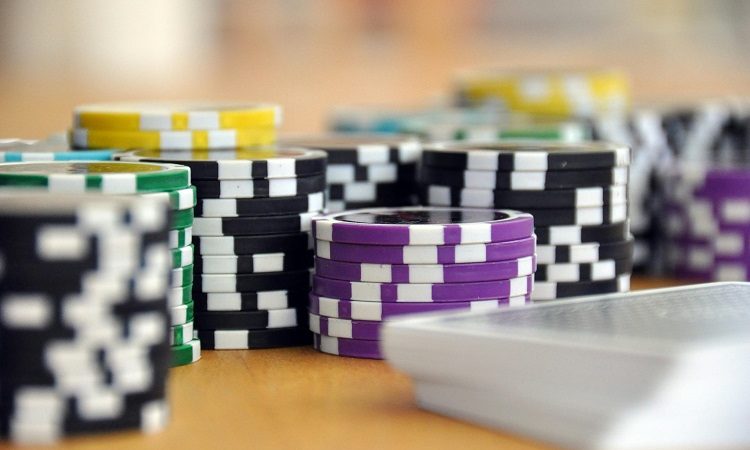Modern Italian Painters
Italy, a country renowned for its rich cultural heritage, has not only been the cradle of the Renaissance but continues to foster artistic brilliance in the contemporary era. Modern Italian painters, inspired by their historical legacy and driven by contemporary influences, have created a vibrant tapestry of art that speaks to the soul. In this exploration, we delve into the works of some remarkable modern Italian painters, each contributing a unique hue to the ever-evolving canvas of Italian art.
- Michelangelo Pistoletto: Reflecting Realities through Mirrors
Born in Biella in 1933, Michelangelo Pistoletto is a prominent figure in the Italian art scene, credited with being a founder of the Arte Povera movement. His innovative use of mirrors in his artwork creates a dynamic interaction between the viewer and the piece. One of his iconic series, the “Mirror Paintings,” reflects not only the physical presence of the viewer but also engages with societal and political issues, making art a mirror to the world around us.
- Giuseppe Penone: Sculpting Nature’s Dialogue
Giuseppe Penone, born in 1947 in Garessio, is celebrated for his unique blend of sculpture and conceptual art. His works often involve a profound engagement with nature, exploring the interconnectedness between humans and the environment. “The Hidden Life Within” series, for instance, features sculptures that reveal the inner growth rings of trees, metaphorically uncovering the hidden stories within nature. Penone’s art serves as a reminder of our symbiotic relationship with the natural world.
- Francesca Woodman: Capturing the Essence of Femininity
While born in the United States, Francesca Woodman’s artistic journey saw her spend formative years in Italy. Tragically short-lived, her impact on modern photography is indelible. Woodman’s work, heavily influenced by Surrealism, often explores themes of identity, femininity, and the ephemeral nature of life. Her ethereal and haunting self-portraits, taken in dilapidated Italian villas, continue to inspire contemporary photographers, making her a timeless figure in the world of visual arts.
- Giovanni Boldini: The Dazzling Virtuoso of Belle Époque Elegance
Transporting us to the lavish settings of the Belle Époque era, Giovanni Boldini, born in Ferrara in 1842, was a masterful portrait painter. Boldini’s art encapsulates the glamour and sophistication of the turn of the 20th century, capturing the elegance of society figures in Paris and London. His fluid and dynamic brushstrokes, particularly in his portraits of women, evoke a sense of movement and vitality, immortalizing an era of opulence.
- Alighiero Boetti: Weaving Conceptual Art and Tradition
Alighiero Boetti, born in Turin in 1940, was a pioneer in conceptual art and a key figure in the Arte Povera movement. His notable series, “Mappa,” combines meticulous craftsmanship with conceptual depth. Boetti collaborated with Afghan artisans to create embroidered maps, blurring the lines between art and craft. These intricate tapestries serve as a metaphor for the interconnectedness of the world, as well as an exploration of the dichotomies between order and chaos, individual and collective.
- Giorgio de Chirico: Pioneer of Metaphysical Painting
Giorgio de Chirico, born in Volos, Greece, in 1888, spent much of his artistic career in Italy and played a pivotal role in the Surrealist movement. Often regarded as a precursor to Surrealism, de Chirico’s metaphysical paintings feature enigmatic cityscapes and classical architecture, creating dreamlike and mysterious atmospheres. His influence extends beyond Surrealism, impacting the works of artists like René Magritte and Salvador Dalí.
- Carla Accardi: Abstract Expressionism with a Feminine Touch
Carla Accardi, born in Trapani in 1924, was a trailblazer in abstract art and a founding member of the Forma 1 movement. Her innovative use of color and form, often associated with the Gruppo T and the Transavanguardia, set her apart in the male-dominated art scene. Accardi’s bold and vibrant compositions, characterized by geometric shapes and rhythmic patterns, reflect a unique feminine perspective within the realm of abstract expressionism.
- Marino Marini: Sculpting the Human Condition
Hailing from Pistoia, Marino Marini (1901–1980) was a sculptor whose work explored the human form and its emotional dimensions. Best known for his series of equestrian statues, Marini’s horses symbolize the human condition, conveying a sense of vulnerability and strength. His ability to infuse emotion into bronze and marble sculptures earned him international acclaim, and his impact on modern sculpture remains profound.
Conclusion:
Modern Italian painters have not only inherited a rich artistic legacy but have also contributed significantly to the global art scene. From the conceptual depths of Arte Povera to the timeless elegance of portrait painting, these artists continue to shape the narrative of contemporary art. Their ability to blend tradition with innovation, explore profound themes, and challenge artistic conventions ensures that Italy’s artistic tapestry remains vibrant and relevant in the modern era. As we navigate the diverse brushstrokes and perspectives of these painters, we find a dynamic and evolving expression of the human experience through the lens of Italian art.





